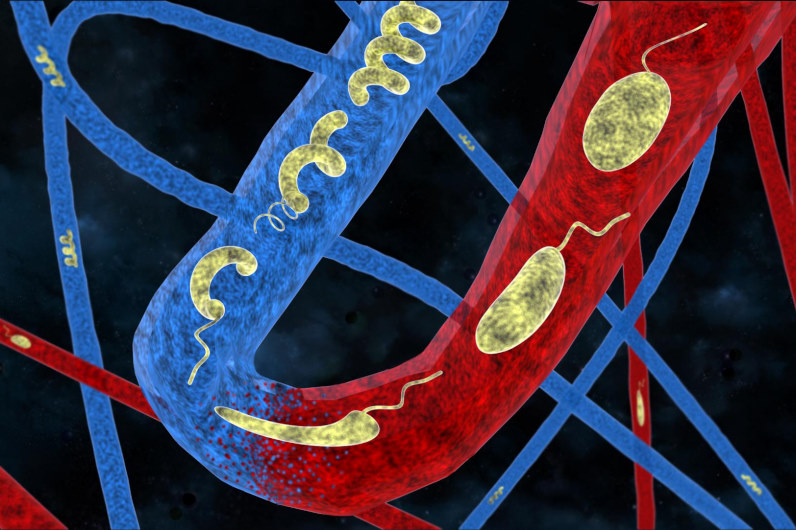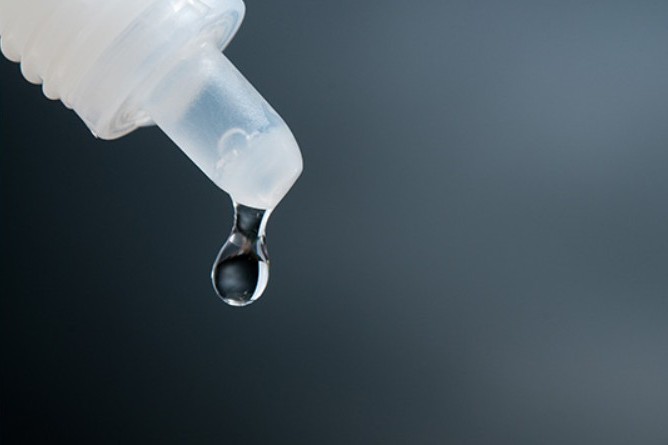Shape-changing microrobots to carry drugs?
Scientists in Zurich, Switzerland, have developed tiny, bio-compatible, elastic robots which they say patients may one day ingest so the devices can deliver drugs directly to diseased tissue. Modelled on bacteria, the researchers say the robots can change shape depending on their surroundings and get to hard-to-reach areas of the human body.
Led by Selman Sakar at EPFL and Bradley Nelson at ETH Zurich, the group drew inspiration from bacteria to design the smart, highly-flexible microrobots. It says they are able to swim through fluids and modify their shape when needed, passing through narrow blood vessels and intricate systems without compromising speed or manoeuvrability. They are made of hydrogel nanocomposites that contain magnetic nanoparticles, allowing them to be controlled via an electromagnetic field.
Fabricating miniaturised robots presents a host of challenges, which the scientists addressed using an origami-based folding method. Their novel locomotion strategy employs embodied intelligence, an alternative to the classic computation paradigm used by embedded electronic systems. “Our robots have a special composition and structure that allow them to adapt to the characteristics of the fluid they are moving through. For instance, if they encounter a change in viscosity or osmotic concentration, they modify their shape to maintain their speed and manoeuvrability without losing control of the direction of motion,” said Sakar.
These deformations can be programmed in advance so as to maximize performance without the use of cumbersome sensors or actuators, according to the researchers, who explained the robots can be either controlled using an electromagnetic field or left to navigate on their own through cavities using fluid flow. Either way, they would automatically morph into the most efficient shape, they said.


























